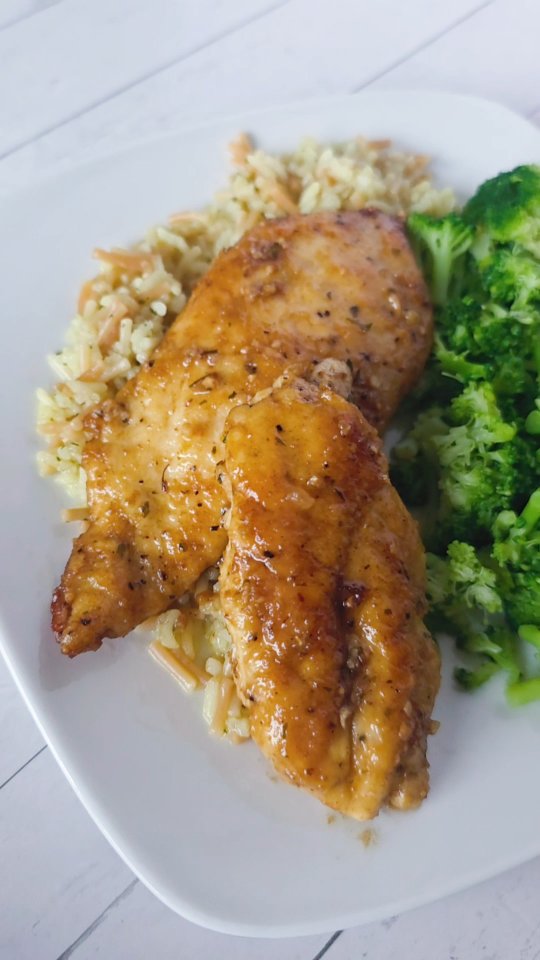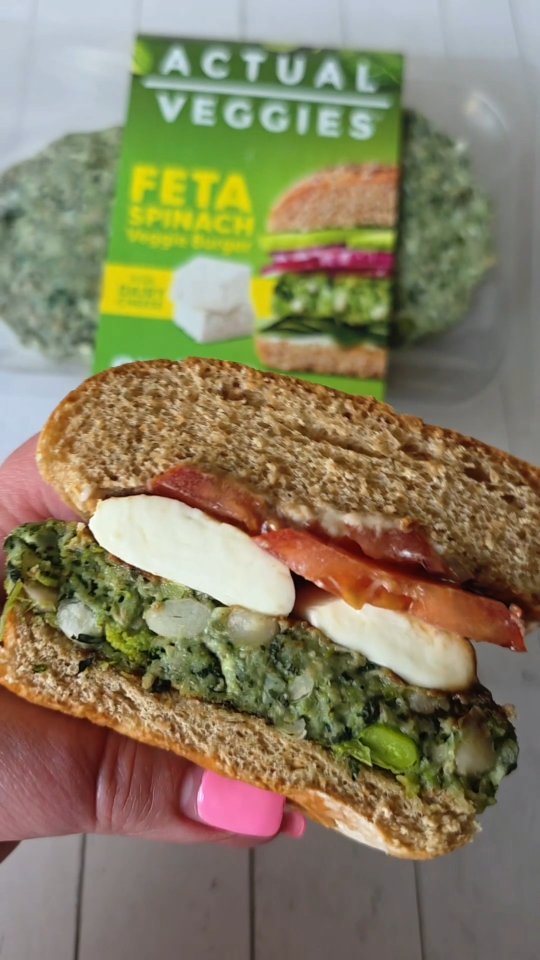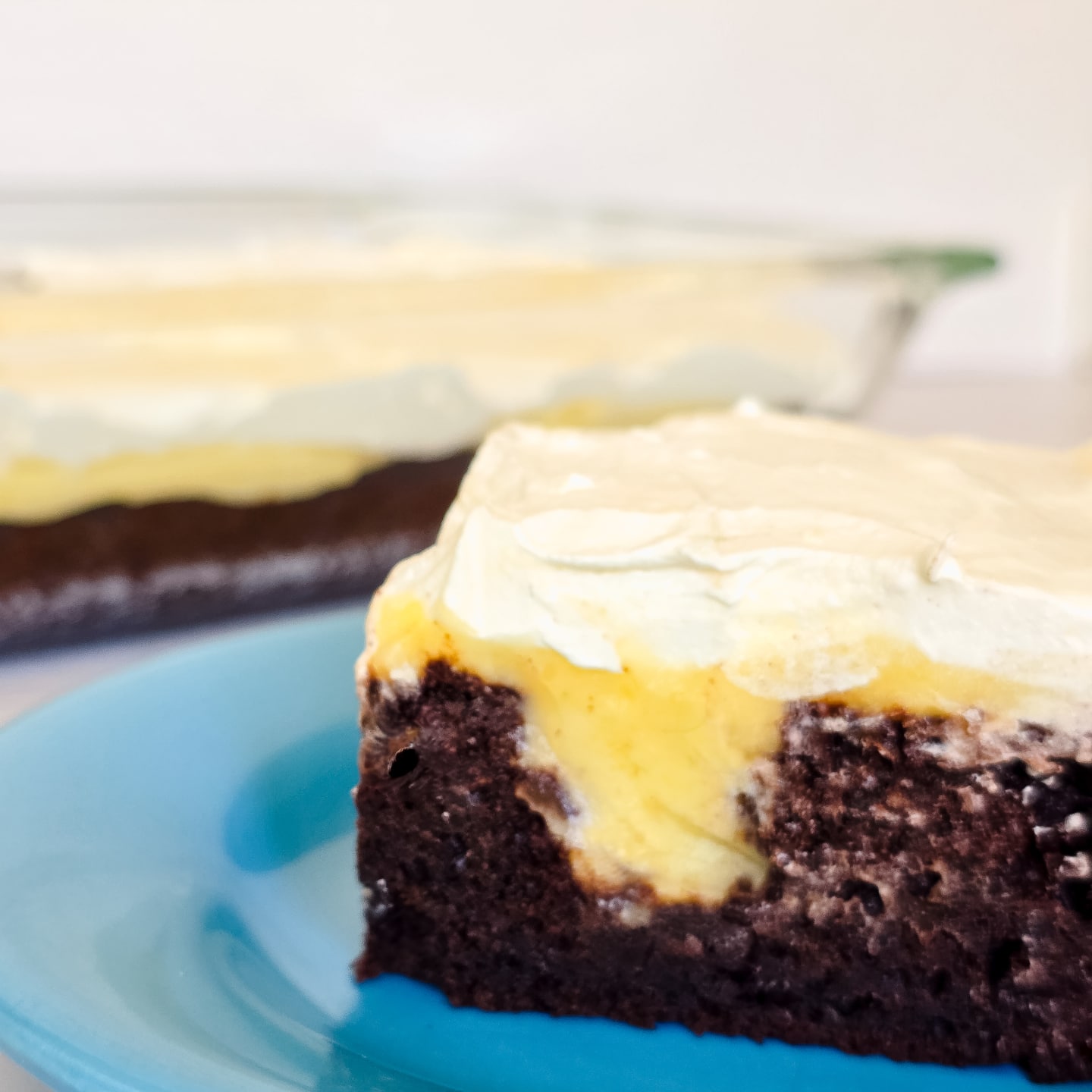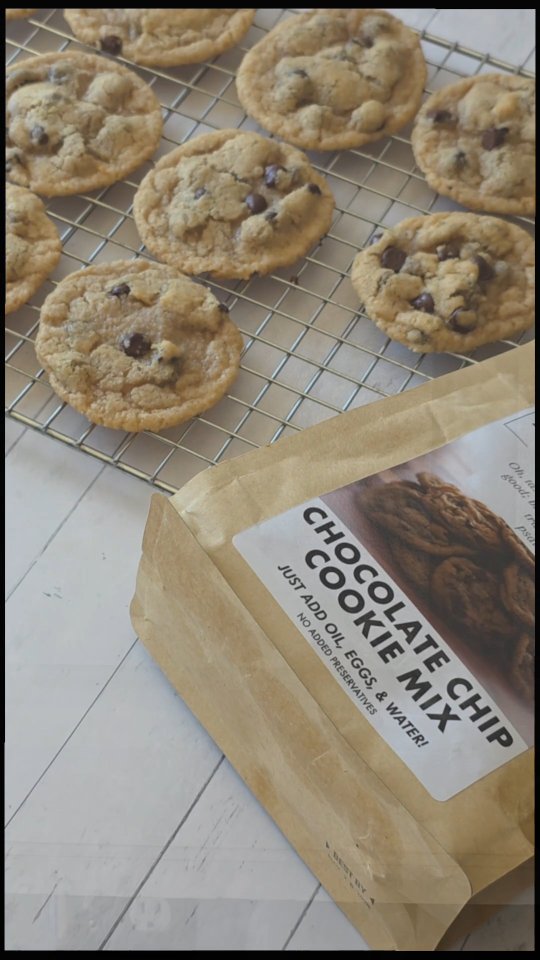Our traditional roast turkey is swathed in melted butter and seasoned with rosemary, thyme, and sage. Once in the oven, it isn’t long before its delicious scent fills the house, tantalizing even the pickiest of palates and making mouths water. Your guests will linger over each mouthwatering bite, stuffing themselves almost as much as the turkey itself. Before you dismiss this as a holiday fantasy, check out the recipe below. The perfect roast turkey is easy to make and naturally keto-friendly. It will surely earn you Grand Chef status in the kitchen!

This post may contain affiliate links. I may earn compensation when you click links, at no additional cost to you. This helps our site continue to produce great content. Thank you for your support!
What Is Roast Turkey?
Roast turkey is the traditional main dish at Thanksgiving dinners. It is often stuffed with dressing, also called stuffing, which is made of dried bread cubes, seasonings, and vegetables. The turkey is slow roasted in the oven and is the centerpiece of many a holiday feast. Whether it’s Thanksgiving or Christmas, roast turkey is anticipated for months in advance and is joyously devoured when the feast day finally arrives.
While roast turkey is the crowning glory of the table, it’s probably the most stressful main dish for a home cook to prepare, especially if they’ve never made one before. I’m here to say relax! Turkeys may be big, but they’re not too hard to make. Yes, I’ve heard the same horror stories that you have, but those are usually due to people taking shortcuts or tweaking without understanding the implications. If you can follow directions, you can roast a beautiful turkey!

Isn’t it Dangerous to Stuff a Turkey?
It can be, if you don’t follow proper food safety protocols.
The dangers you may have heard of regarding stuffing a turkey have to do with salmonella and other harmful bacteria that cause food poisoning. Remember what I said earlier about turkey horror stories that happen when people don’t follow directions? Food poisoning from tainted stuffing is one of them, and perhaps the most dangerous.
Bacteria that can potentially cause food poisoning can be killed when food is cooked properly. For that reason, whether you stuff your turkey or not, it is very important to cook your turkey at the right temperature and for the correct length of time for its size, as well as the type of oven you have.
Here are some other important tips to keep your turkey (and stuffing) safe if you want to cook it in the bird.
- Don’t stuff your turkey ahead of time. Stuff it immediately before you’re ready to put it in the oven.
- Stuff the turkey loosely. Cramming the stuffing in makes it difficult for the turkey and stuffing to come to an even temperature. Cold spots may become tainted spots. Be safe and heat any stuffing that doesn’t fit in the bird in a separate dish.
- Cook the turkey until it reaches at least 165 degrees F. Check the turkey’s temperature in at least three places, one being the thickest part of the breast, to ensure even cooking. I like to cook mine until the temperature reaches 180 F.
- Don’t take the stuffing out of the turkey to speed cook time. Doing this enables bacteria to survive in the stuffing and can make people sick. Leave the stuffing in for the entire cook time, even if it means your meal will be later than planned.
- Let the stuffed turkey rest. Create a foil tent for the turkey and let it rest for about 20 minutes before removing the stuffing and carving.
- Refrigerate leftovers promptly. Be sure to properly wrap any leftover turkey or stuffing in containers with tight fitting lids. Leftovers should be eaten or frozen within a few days.

What Are Your Biggest Tips for a Successful Turkey?
The BIGGEST thing to remember is to give your turkey plenty of time to thaw. I put mine in the fridge about a week ahead of time. Keep it sealed in its packaging, and put it in a big bowl or pot to catch the liquid as it thaws. (I learned this the hard way. Don’t be me. Be smart.) If turkey day comes and it’s still a little icy in places, give it a bath in cool water and the rest of it should thaw nicely.
The other thing that REALLY matters is to roast your turkey at the right temperature for the proper length of time. The weight of your turkey, the type of oven you have, and whether your turkey is stuffed** or unstuffed all make a difference. I always use the handy conversion charts on the Butterball Turkey website to find the right cooking time. It’s worked without fail, whether my turkey is plump with the Very Best Thanksgiving Stuffing or is going “au natural” for the holiday.
Finally, I am part of the pro-basting crowd. I have made turkeys and chickens using both basting and non basting techniques. I find that, without fail, my basted birds are juicier and more golden than their non-basted counterparts.
**For a keto-friendly turkey, use keto stuffing or leave the turkey unstuffed.

What Should I Do With My Turkey Leftovers?
As much as I love turkey on Thanksgiving day, a lot of times I can’t wait to dive into the leftovers in the days that follow. Be sure to save the turkey carcass and at least 2 cups of meat bits to make Turkey Gumbo. It’s so good, you won’t believe you’re eating leftovers!
Another personal favorite of mine is Turkey Tetrazzini! You’ll need another 2 cups of leftover turkey to make this deliciously creamy pasta dish. This is a big favorite of my family’s. I don’t think a year of Thanksgiving leftovers could go by without it!
Directions
- Remove giblets from cavity and/or neck area of thawed turkey. Rinse inside and out in cool water, removing any feathers that may remain. Pat dry.

- Lay the turkey, breast side up, on a rack in a roasting pan. If you do not have a rack, create a coil out of aluminum foil to raise the turkey off the bottom of the pan.

- Brush the outside of the turkey with melted butter.

- Combine rosemary, thyme, sage, garlic salt, and black pepper. Rub the spice mix into the outside and inside of the turkey. If you are going to stuff the turkey, I recommend that you only rub the outside.
Speaking of stuffing, now is the time to stuff your turkey if you are planning to do it. The prepared stuffing should be loosely packed into the turkey’s cavity. If you are preparing the turkey as keto-friendly, use keto stuffing or leave the turkey unstuffed.
- Roast the turkey, uncovered, in a preheated 325 degree oven for approximately 20 minutes per pound. However, I strongly recommend that you check the Butterball Turkey cooking chart. They can give you a more exact time that includes whether you are stuffing the turkey.
I like to baste my turkey every hour. If you have a fatty turkey, you can use the pan juices to baste. I like to keep turkey stock on hand to use in basting if my turkey doesn’t produce much juice. I pour about half a cup over the turkey to get it started. If there aren’t enough pan juices during my next baste time, I use more.
- The turkey is finished when the thickest part of the breast reaches 180 degrees on a meat thermometer. If you don’t have a thermometer, cut into the thickest part of the thigh. When the juices run clear, the turkey is done.
Some turkeys have a plastic u0022timeru0022 in the breast. It looks like a small button. When the turkey reaches the correct internal temperature during cooking, it pops up. You can see the popped timer in the photo below.
Let the turkey rest for about 20 minutes under a tent of foil before removing the stuffing and carving.
Looking For More Thanksgiving Dishes?
- Check out the Very Best Thanksgiving Stuffing to pair with your perfect roast turkey
- Not into stuffing? Autumn’s Bounty Wild Rice makes a great substitute
- Try our Green Bean Casserole for a from-scratch version WITHOUT canned soup
Traditional Roast Turkey
Course: Main Dishes, Recipes, TurkeyDifficulty: Medium20
minutes3 1/2
hoursOur traditional roast turkey is swathed in melted butter and seasoned with rosemary, thyme, and sage, making each bite mouthwatering!
Ingredients
1 thawed turkey
2 tablespoons melted butter
2 teaspoons rosemary
2 teaspoons thyme
1 teaspoon garlic salt
1 teaspoon sage
1/2 teaspoon black pepper
Stuffing (optional)
Turkey stock or broth (optional)
Directions
- Preheat oven to 325 degrees.
- Remove giblets from cavity and/or neck area of thawed turkey. Rinse inside and out in cool water, removing any feathers that may remain. Pat dry.
- Lay the turkey, breast side up, on a rack in a roasting pan. If you do not have a rack, create a coil out of aluminum foil to raise the turkey off the bottom of the pan.
- Brush the outside of the turkey with melted butter.
- Combine rosemary, thyme, sage, garlic salt, and black pepper. Rub the spice mix into the outside and inside of the turkey. If you are going to stuff the turkey, I recommend that you only rub the outside.
- If you are stuffing the turkey, loosely pack the prepared stuffing into the turkey’s cavity. If you are preparing the turkey as keto-friendly, use keto stuffing or leave the turkey unstuffed.
- Roast the turkey, uncovered, in a preheated 325 degree oven for approximately 20 minutes per pound. Please check the Butterball Turkey cooking chart for exact roasting times.
- Basting hourly is recommended. Fatty turkeys produce pan juices to use during basting. Turkey broth or stock can also be used to baste.
- The turkey is finished when the thickest part of the breast reaches 180 degrees on a meat thermometer, or when juices run clear from a cut in the thickest part of the thigh.
- Let the turkey rest for about 20 minutes under a tent of foil before removing stuffing and carving.
Chicken Soup with Dumplings is a participant in the Amazon Services LLC Associates Program, an affiliate advertising program designed to provide a means for sites to earn advertising fees by advertising and linking to Amazon.com.






















